Essential oils are amazing! Their aromas are fresh and uplifting, and create a good mood and bright aroma.
However, some essential oils are also photosensitive. What does this mean?
This post contains affiliate links, which means if you make a purchase through these links, I may receive a small commission at no extra cost to you. Read my full disclosure policy here.
Using photosensitive oils on your skin prior to sun exposure means you could be in danger of unwanted skin irritations. The skin could become red and itchy, experience a stinging or burning sensation, feel inflamed and irritated, or develop a permanent change in color or dark spots pigmentation over time.
To avoid adverse effects, here is all the info you need to safely use essential oils during sunny summer months.
What is Phototoxicity?
Photosensitive essential oils can chemical reaction on your skin, called a phototoxic response.
Exposure to UV light triggers the release of free radicals, which can damage skin.
Phototoxicity occurs most often when a photosensitive oil is mixed with benzyl alcohol, a preservative commonly used in sunscreens or tanning lotions.
Which Citrus Oils are Photosensitive?
To stay safe in the sunlight, avoid putting the following essential oils on your skin:
- Bergamot essential oil
- Grapefruit essential oil
- Lemon essential oil (cold pressed)
- Lime essential oil (cold pressed)
- Bitter Orange essential oil
You can prevent many problems associated with phototoxicity. If you’ve used a photosensitive essential oils on your skin, avoid sun exposure for 12-24 hours following. This means, do not sun tan for 12-24 hours after the application. Sun tanning exposure includes using tanning beds, tanning creams, lotions, and sunscreen.
If you’d still like to enjoy photosensitive oils during summer months, you can! But you have to stay below safe limits. Use fewer drops, or choose to diffuse it rather than applying the oils topically.
For more information about essential oil safety on your skin, contact a doctor or dermatologist. Most importantly, if you suspect you may be at risk of a phototoxic reaction, consult a doctor.
Steam Distilled Citrus Oils Aren’t Phototoxic
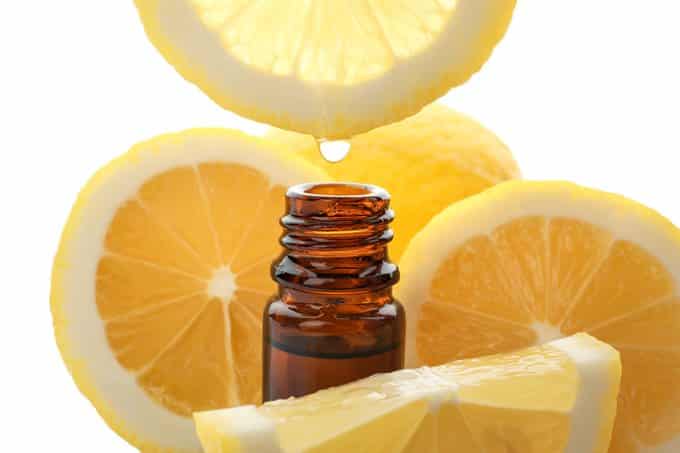
A slice of lemon gives off a strong distinct smell due to its naturally occurring essential oils.
Citrus essential oils are extracts from fruits like lemons, oranges, and grapefruits. Their distinct fragrance are due to the aromatic compounds in the form of terpenes that are present in the leaves, flowers and fruit rinds of citrus trees.
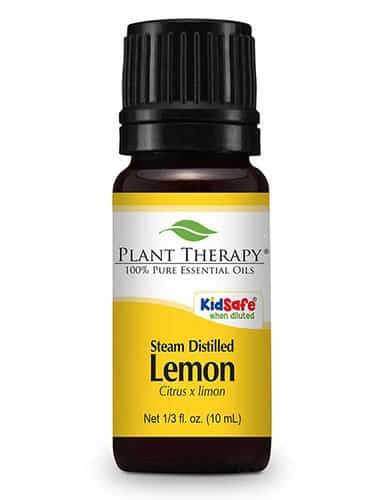
Lemon Oil Steam Distilled, 10 ml
Get it here
Steam distillation and cold pressing are two of the known methods for extracting oils.
- In steam distillation, fruit peelings are heated. The steam arising from this process is collected, cooled off again, and condensed. The oil extract is then separated from the water. Essential oils have been extracted through steam or hydro-distillation even as early as the Middle Ages by the Arabs for beneficial purposes. Not much has changed since then, apart from the ever progressing technology and the growing pursuit of acquiring new knowledge through research.
- The much more common way to extract citrus oils is through cold pressing. This is a mechanical separation that involves pressing the essential oil out. The cold temperature pressing preserves the potency of the aroma.
If the citrus oil you’re looking to purchase doesn’t specify, it will very likely be cold pressed. Should a citrus oil be specifically steam distilled, the label will identify it as such. Have a look at this lemon variety from Plant Therapy.
Steam distilled citrus essential oils are not photosensitive. If your summer DIY recipe includes Lemon essential oil, make sure to look for that label.
Which Citrus Essential Oils are n0t Phototoxic?
Use these essential oils without worry about photosensitivity:
- Steam distilled Lemon essential oil
- Steam distilled Lime essential oil
- Yuzu essential oil
- Sweet Orange essential oil
- Blood Orange essential oil
- Mandarin essential oil
- Tangerine essential oil
Essential oils have many advantages, please don’t shy away from using them on your skin during summer months.
Signs of a Toxic Reaction
Phototoxicity is when the skin shows signs of an allergic reaction or chemically induced skin irritation, after having been in contact with essential oils.
Photosensitive skin reactions can be quite painful. They can include swelling, blistering and skin damage. Cool your exposed skin with a cold compress or homemade after sun lotion.
The reactions are not immediate. They can occur up to 18 hours after using a photosensitive oil.
If you have a severe skin reaction, please contact your medical health professional for guidance on the best treatment plan for you.
Safe Limits for Photosensitive Oils in DIY Recipes
If you like to make your own summer-themed skincare products, be aware of phototoxicity in your essential oils.
Recipes such as lip balms, body lotions, natural perfumes and body spritzers are especially noteworthy.
Either use an essential oil alternative that is not photosensitive, or use the oil in a very intentionally set dilution rate. Try to find the oil in a steam distilled variety, or substitute it with a non-phototoxic oil.
If you do wish to use a photosensitive essential oil for a topical summer recipe, safe dilution limits depend on the essential oil.
Here is a summary of how much is safe:
- Bergamot essential oil: 0.4%
- Grapefruit essential oil: 4%
- Lemon essential oil (cold pressed): 2%
- Lime essential oil (cold pressed): 0.7%
- Bitter Orange essential oil: 1.25%
You will have to calculate these numbers together with the other ingredients in your recipe. Usually, it helps to convert every ingredient into the same unit of measurement, and then do your math from there. Any lotion, spray or body mist you apply before heading out into the sun, should definitely contain no big amounts of phototoxic essential oils.
With a little care, you can enjoy all the benefits of essential oils without putting your skin at risk.
The Fruits Set
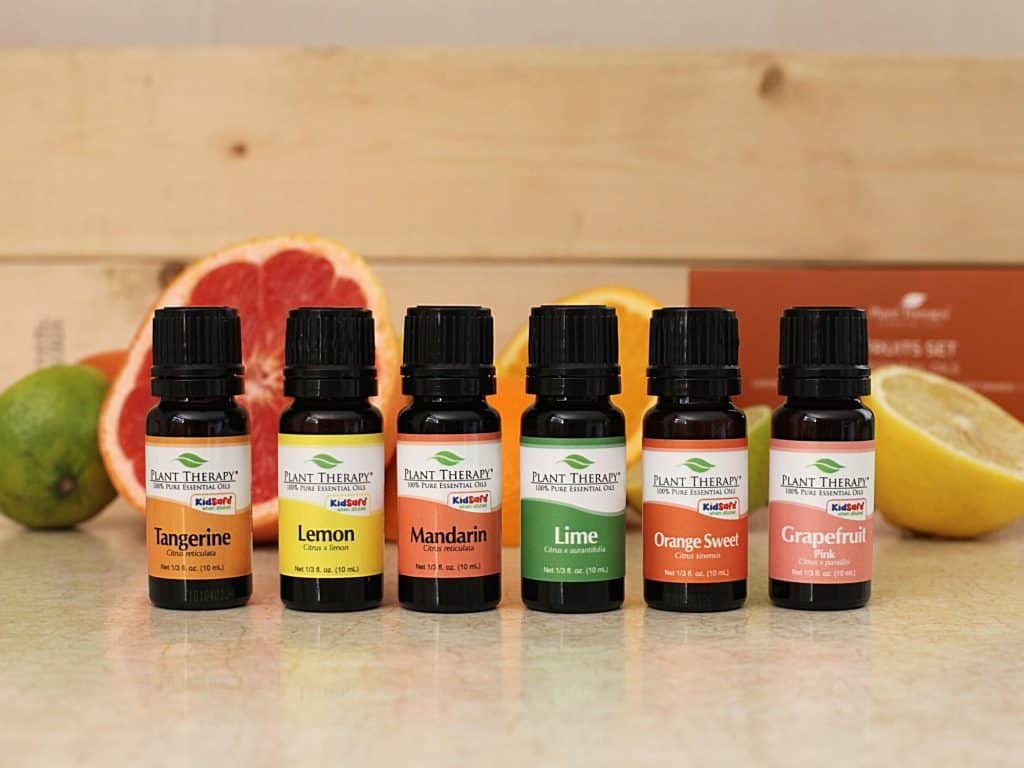
Set of 6 citrus essential oils from Plant Therapy Get it here
Plant Therapy carries a wonderful “Fruits Set” of essential oils. It is a favorite to start with uplifting DIY recipes, diffuser blends, or air freshener sprays.
While the Lemon and Lime in the set are not cold pressed as recommended here, you can still make fabulous use of those oils in non-topical applications. Start with these 5 ways to use Lemon essential oil. Grapefruit is not even made in a steam distilled variety so just be sure to only use it up to 4% in your recipe.
The other three oils (Mandarin, Tangerine, and Sweet Orange ) are not photosensitive and can be used in any DIY summer recipe.
Final Thoughts
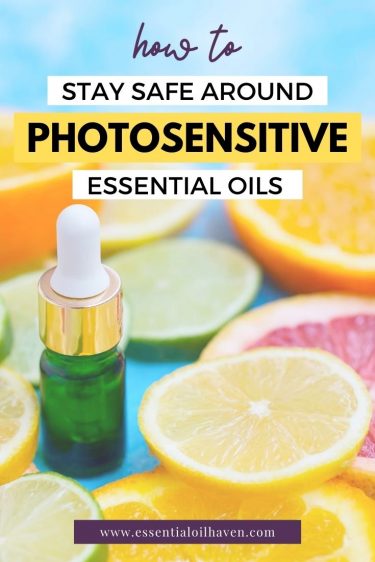
You do not have to forego your favorite essential oils! Essential oils are popular for beauty and body treatments. They are very potent and must be diluted in a lotion or carrier oil before you can safely use them on the skin.
But please – don’t be afraid of these wonderful citrus oils during summer months. They can be uplifting, inspiring, and refreshing. Follow the guidelines outlined in this article for safe dilution rates to enjoy these specific oils combined with sunlight exposure.
Get Fruits Set Here
References
American College of Healthcare Sciences: Essential Oil Safety: What is Photosensitivity?
AromaWeb: Phototoxicity and Essential Oils
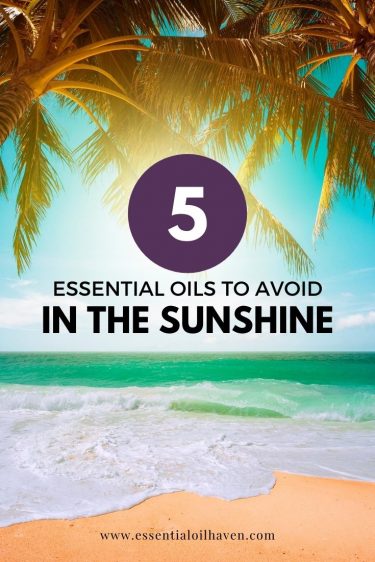

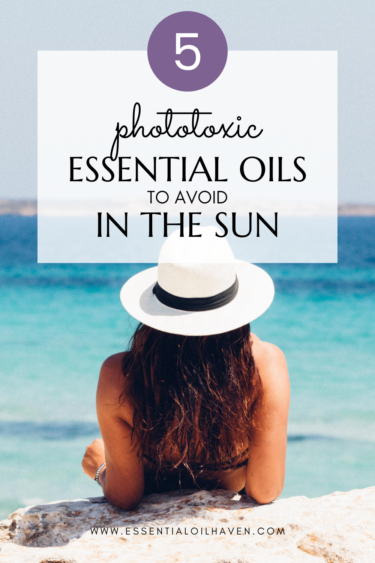

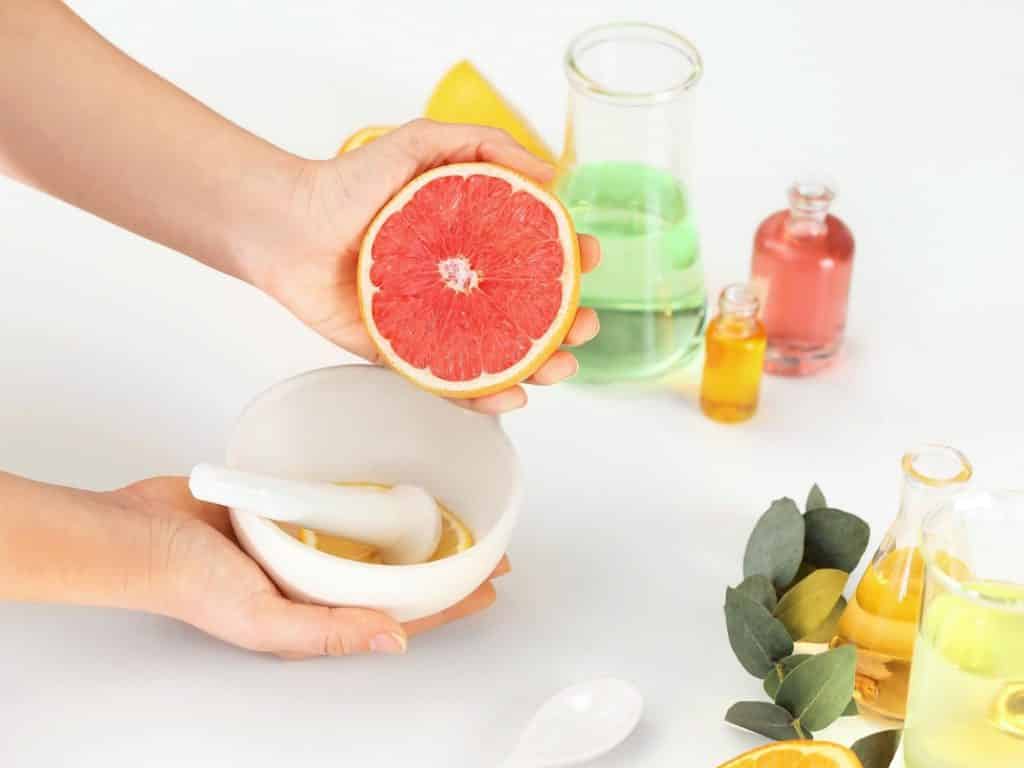
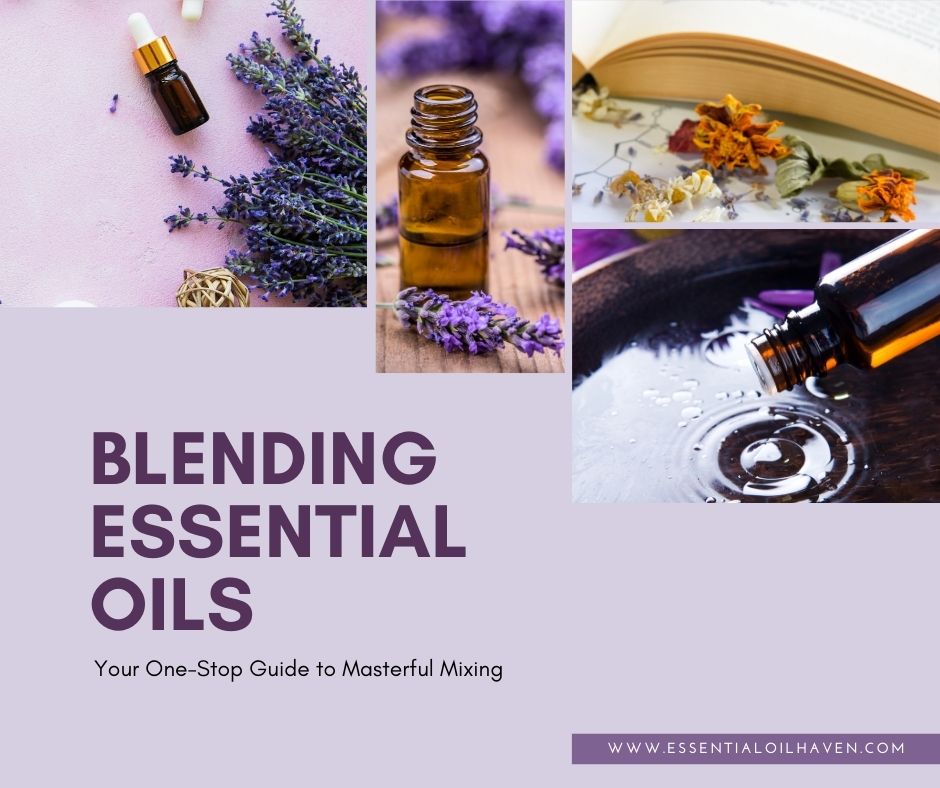
Leave a Reply